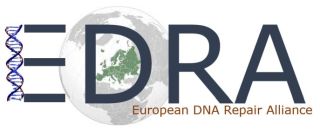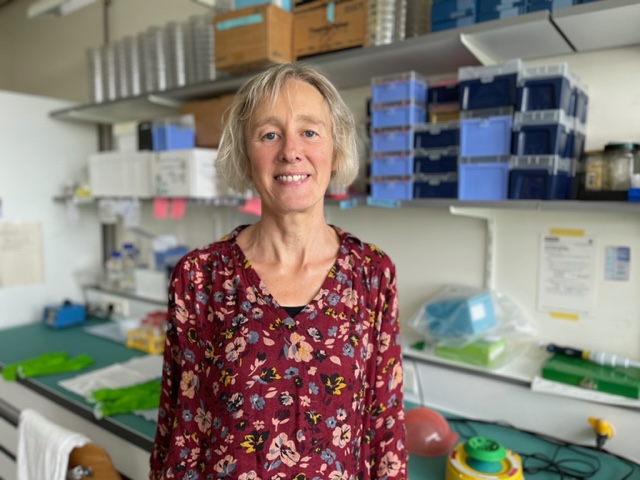|
|
|
Previous webinars > 16th EDRA Webinar - June 24th, 202516th EDRA Webinar - June 24th, 2025, from 4:00 to 5:30 pm (CET)
Françoise Dantzer - Keynote speaker Strasbourg drug discovery and development Institute (IMS) Molecular and functional aspects of PARP3 in physiological and pathological processes Poly(ADP-ribose) polymerase 3 (PARP3) has been primarily characterized for its role in the DNA damage response and mitotic progression. Recent studies have expanded its functional scope to include critical roles in (i) physiological processes such as neurogenesis by promoting astrocytic differentiation and myogenesis by fostering myogenic differentiation and muscle function (ii) and in pathophysiological events precisely in tumor aggressiveness under conditions of reduced PARP1 expression. Notably, share features emerge in both contexts, particularly involving physical traits of the cell such as migration, cytoskeleton rearrangements, ECM remodeling, adhesion among others. This convergence is especially striking considering the predominantly nuclear localization of the protein and its mechanistic properties in DNA repair and transcriptional regulation. Our current research is aimed at addressing these questions and investigating how PARP3 influences cell plasticity and mechanical adaptability in aggressive tumor contexts.
Marco Barazas - Short talk Leiden University Medical Center (LUMC), Leiden, The Netherlands Mutational signature catalogue (MUSIC) of DNA double-strand break repair Genome alterations arise from inaccurate DNA repair, accumulating into distinct mutational signatures. Here, we investigate the role of every genomically encoded gene in double-strand break (DSB) repair by generating high-resolution outcome profiles following gene knockouts. Using a CRISPR/Cas9-based, massive-parallel bulk library approach, we construct a comprehensive, user-explorable mutational signature catalogue (MUSIC), mapping the full repertoire of DSB repair factors. Our analysis identifies and validates gene clusters – including nearly all known and several novel genes – linked to non-homologous end-joining, 53BP1 sub-pathways, homology-directed repair, and polymerase Theta (POLQ)-mediated end-joining. By focusing on pathway-specific repair outcomes, we uncover a previously unrecognized role for the WRN helicase in suppressing inverted templated insertions, a poorly understood POLQ-associated mutational signature also found in human disease alleles. Furthermore, in-depth analysis of MUSICs scar features reveals unexpected distinctions among genes within the same pathway, providing mechanistic insight and opening multiple new avenues for investigation into chromosomal break repair.
Marianna Genta - Short talk Università degli Studi del Piemonte Orientale, Novara, Italy Mechanistic understanding of UvrA damage detection and lesion hand-off to UvrB in Nucleotide Excision Repair Nucleotide excision repair (NER) represents one of the major molecular machineries that control chromosome stability in all living species. In Eubacteria, the initial stages of the repair process are carried out by the UvrABC excinuclease complex. Despite the wealth of structural data available, some crucial details of the pathway remain elusive. In this study, we present a structural investigation of the Mycobacterium tuberculosis UvrAUvrB complex and of the UvrA dimer, both in complex with damaged DNA. Our analyses yield insights into the DNA binding mode of UvrA, showing an unexplored conformation of Insertion Domains (IDs), underlying the essential role of these domains in DNA coordination. Furthermore, we observe an interplay between the ID and the UvrB Binding Domain (UBD): after the recognition of the damage, the IDs repositions with the concomitant reorganization of UBD, allowing the formation of the complex between UvrA and UvrB. These events are detected along the formation of the uncharacterized UvrA2UvrB1-DNA and the UvrA2UvrB2-DNA complexes which we interpret as hierarchical steps initiating the DNA repair cascade in the NER pathway, resulting in the formation of the pre-incision complex.
|



